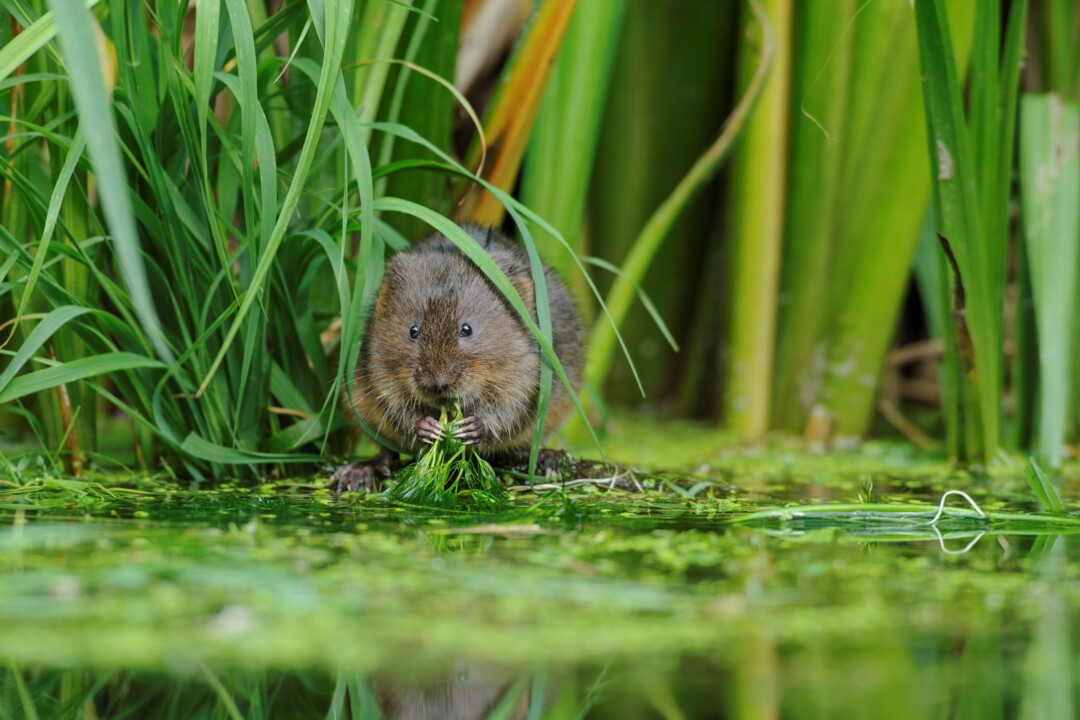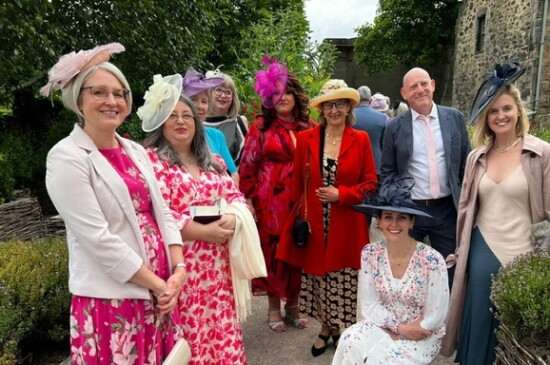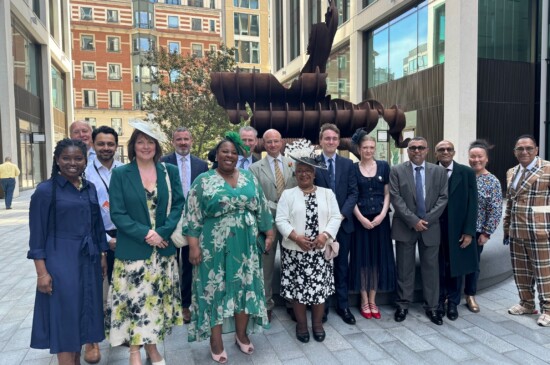
Guest blog: Royal Society of Wildlife Trusts explains Biodiversity Net Gain
- Countryside
- Environment
This week, our guest blog from KCCF grantee the Royal Society of Wildlife Trusts is a useful introduction to the fascinating world of Biodiversity Net Gain. Read on to learn more, as explained by Green Finance Manager Phoebe Cox, whose role is funded by a KCCF strategic partnership grant.
For decades, building development has been a significant cause of nature loss. But a new legal requirement in England, known as Biodiversity Net Gain (BNG) enables developers to take a different approach and support the delivery of nature’s recovery.
Biodiversity Net Gain is one of the key nature markets available in England, and King Charles III Charitable Fund is supporting The Wildlife Trusts to explore and maximise the opportunities available to secure private investment in the UK through initiatives such as this, and in-turn actively increase the area of land being managed for nature.
On February 12th, 2024, Biodiversity Net Gain became mandatory for all major developments in England; with mandatory requirements associated with small sites and Nationally Significant Infrastructure Projects (NSIP), due to follow in April 2024 and November 2025, respectively.
What is Biodiversity Net Gain?
Biodiversity Net Gain (BNG) is an approach to land management that aims to deliver measurable improvements for wildlife by creating or enhancing habitats, streams, rivers and hedgerows in association with development (Planning Advice Service, 2021).
For nearly all terrestrial and intertidal development in England, approved through the Town and Country Planning Act (TCP Act) 1990, developers will be legally required to deliver a minimum 10% Biodiversity Net Gain, in addition to the required compensation. In addition to the enhancement, restoration or creation of new habitats, there is an obligation to ensure these gains are managed and maintained for at least 30 years.
Biodiversity Net Gain habitat units can be delivered on-site (within a development’s redline boundary), or where this is not possible, they can be delivered off-site either by a developer or purchased from a local delivery partner. As a last resort, if developers cannot achieve on-site or off-site Biodiversity Net Gain, they must buy statutory biodiversity credits from the UK Government.
The Wildlife Trusts are working to support the delivery of high-quality, local solutions for developers – advising on both on-site enhancements and providing local off-site solutions.
The Wildlife Trusts and Biodiversity Net Gain
The Wildlife Trusts have been contributing to the evolution of Biodiversity Net Gain for well over a decade with a focus on achieving the highest possible standards for wildlife (more here). As well as being a key policy topic, Biodiversity Net Gain, alongside other natural capital services and nature markets (such as carbon, nutrient mitigation, and Natural Flood Management) pose key opportunities for Wildlife Trust’s and other landowners to fund nature restoration activities.
In recent years, the Wildlife Trusts across England have been developing high quality and high integrity solutions to Biodiversity Net Gain that deliver for both nature and society in perpetuity. At the Wildlife Trusts we are taking and advocating for a ‘habitat banking’ approach to off-site Biodiversity Net Gain delivery. This approach allows the creation of strategically located habitats, that support large-scale habitat creation projects. In practice this means that we can identify the best location to deliver habitat enhancement, connecting up existing fragments and creating and delivering a range of other co-benefits for nature and society whilst also providing a pipeline of biodiversity credits ready for the development sector.
From creating new nature reserves to deliver Biodiversity Net Gain units, to working with and advising landowners, Wildlife Trusts in England are at the forefront. To date, if counting only Wildlife Trust owned land, over 600 hectares has been created for nature through Biodiversity Net Gain in England. However, if additional advisory and partnership work in this space is accounted for this figure is much bigger. Over the next 30 years these sites and many more, will go on to deliver a broad range of habitats including grassland, scrub and wetland, providing valuable space for our wildlife and communities to enjoy. As mandatory Biodiversity Net Gain starts this month, we expect to see The Wildlife Trusts work in this area expand, with more and more land managed and protected for nature each year through the payments from Biodiversity Net Gain and other ecosystem services.
Image (C) Terry Whittaker, and used with kind permission from the Wildlife Trusts.


